When you hear the phrase “What is solar energy used for?”, the immediate image is usually a house covered in shiny, black panels. And while residential electricity is certainly a major use, it’s just the beginning.
Solar energy, captured from the most powerful reactor in our solar system—the Sun—has quietly permeated almost every facet of modern life, moving far beyond simple home power. It’s an incredibly versatile and scalable technology, proving that clean energy can power everything from the smallest gadget to massive infrastructure.
Let’s dive into the practical applications of this radiant power source, starting with the most familiar and moving to the most surprising.
1. Powering Our Lives: Residential and Commercial Electricity
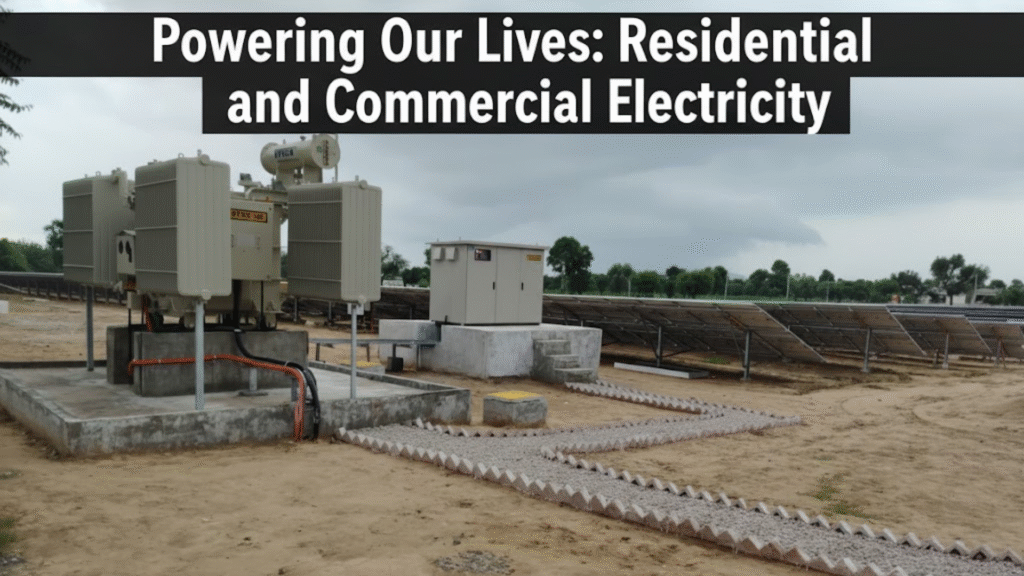
- Residential Homes: Installing solar on your roof (or in a ground-mount system) drastically reduces or even eliminates your monthly electricity bill. It provides power for lighting, appliances, heating, and cooling, often feeding excess power back into the utility grid for credits (a concept called “net metering”).
- Commercial Buildings: Businesses, factories, and schools are using vast solar arrays to offset massive operating costs. Solar energy provides reliable, predictable energy prices for the long term, which is a major financial advantage.
Utility-Scale Solar Farms: These are vast, ground-mounted installations that feed gigawatts of power directly into the main electric grid, acting as power plants that serve entire cities or regions.
2. Solar Thermal: Harnessing Heat Directly
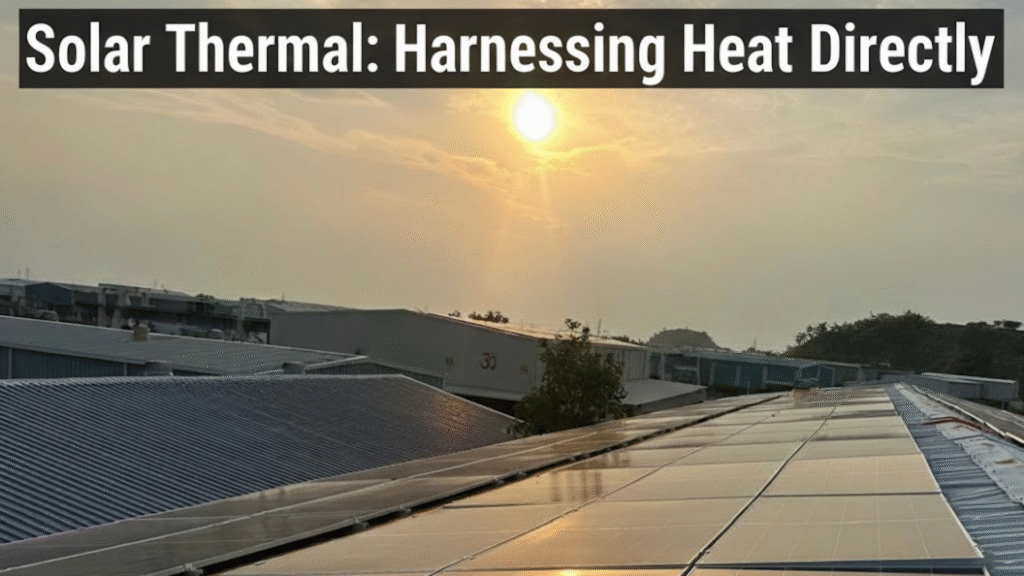
Not all solar technology generates electricity. Some of the oldest and most efficient solar applications simply capture the Sun’s heat.
Key Uses of Solar Thermal Technology: What is solar energy used for For in Heating and Cooling
- Solar Water Heating (SWH): Special panels circulate water or a heat-transfer fluid, using the sun’s heat to provide hot water for showers, washing dishes, and laundry. This is often more efficient than using electricity to heat water.
- Solar Space Heating: Used in colder climates, these systems supplement traditional furnaces to keep a home warm.
- Solar Cooling (Absorption Chillers): Surprisingly, the sun’s heat can be used to power a refrigeration cycle, providing air conditioning without heavy electricity use.
- Industrial Process Heat (IPH): Used in manufacturing, food processing, and textile industries to reduce reliance on natural gas or other fossil fuels.
3. What is solar energy used for in Off-Grid and Remote Areas
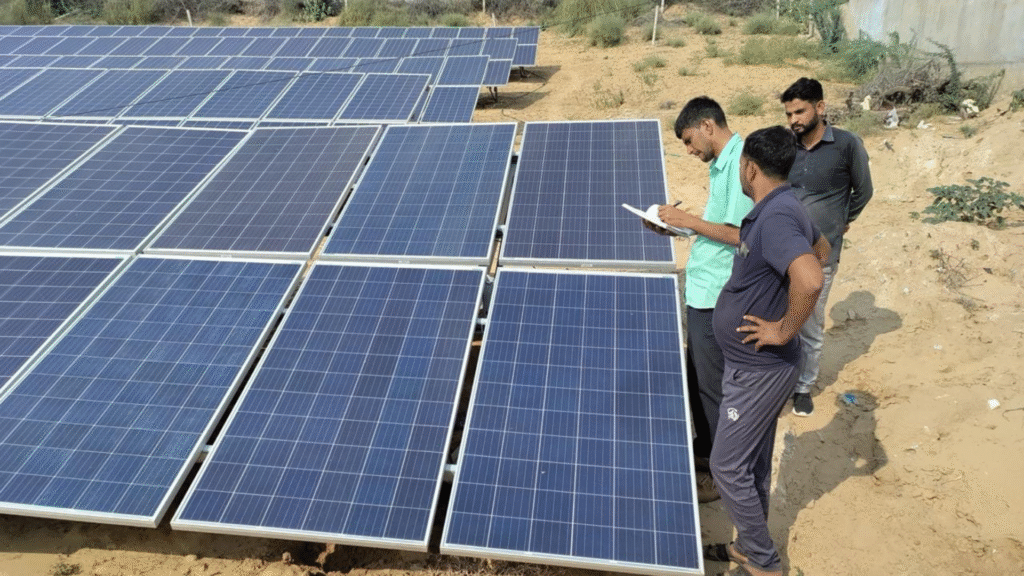
Solar power shines brightest where the electric grid doesn’t reach. Its portability and independence make it the perfect solution for remote and specialized needs. This is where solar truly changes lives.
| Application Area | How Solar is Used | Primary Benefit |
| Agriculture | Solar-powered pumps for irrigation and livestock water. | Eliminates fuel costs, runs automatically. |
| Telecommunications | Power for remote cell towers and repeater stations. | Reliable operation in off-grid locations. |
| Marine Safety | Buoys, lighthouses, and remote meteorological stations. | No need for regular maintenance or fueling trips. |
| Disaster Relief | Portable solar generators for emergency power. | Immediate power access when infrastructure fails. |
4. On the Move: Transportation and Infrastructure
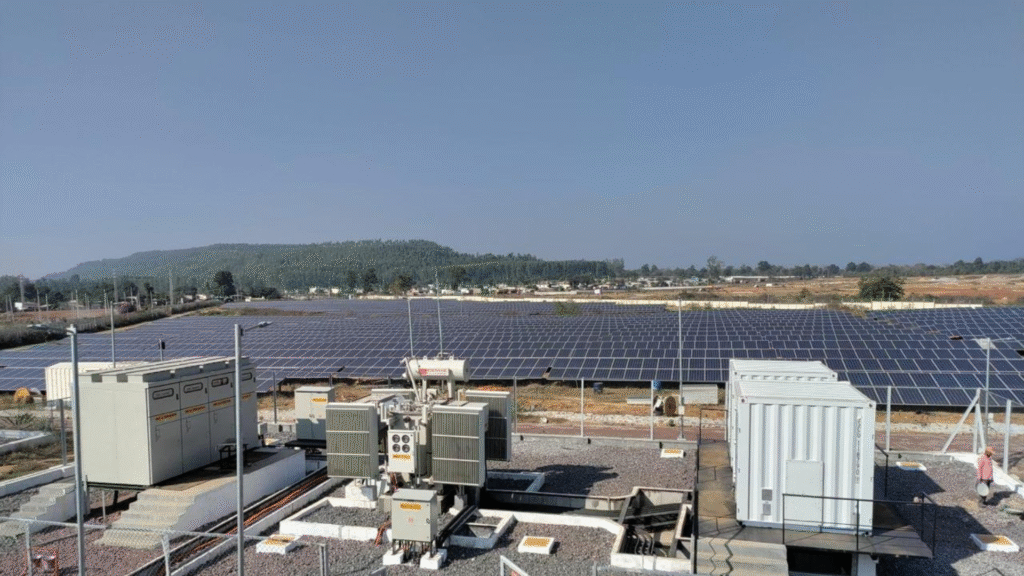
- EV Charging Infrastructure: Many homeowners and businesses install solar panels specifically to charge their Electric Vehicles (EVs) with clean, self-generated power, maximizing the environmental benefit of the EV.
- Solar Street Lights: These lights have a small solar panel and battery built right into the pole, allowing for easy, cost-effective installation without the need to trench electrical wiring.
- Transportation Signals: Temporary construction signs, emergency roadside phones, and traffic signals use dedicated solar panels to ensure operation, especially during power outages.
5. Tiny Tech and Big Science: Portable and Niche Uses
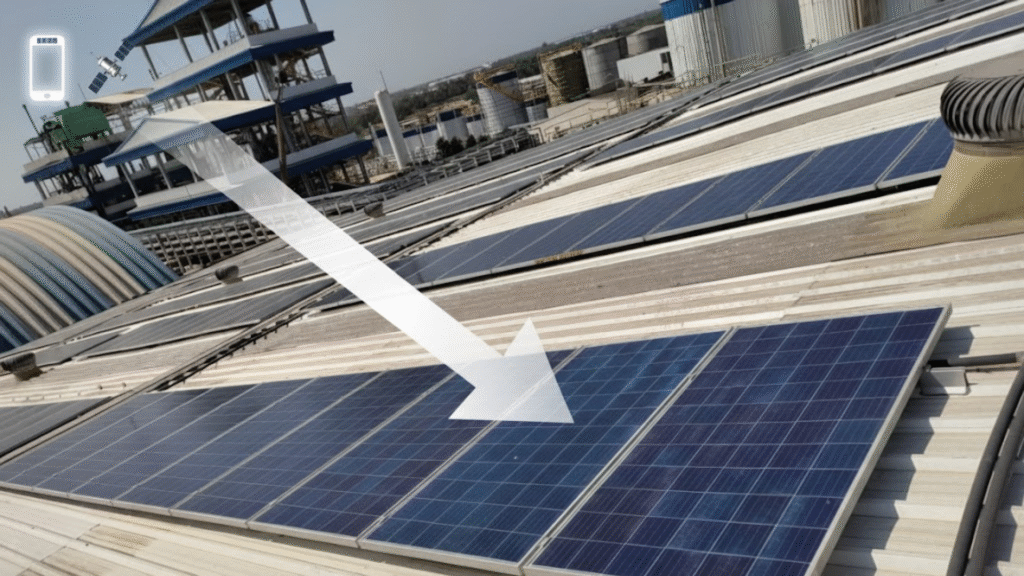
- Consumer Electronics: Solar-powered calculators, phone chargers, watches, and portable speakers.
- Space Technology: Solar panels are the primary power source for nearly all satellites and space probes (like the Voyager missions), reliably powering communications and scientific instruments far from Earth.
Frequently Asked Questions (FAQ)
Q1: Is solar power expensive?
A: The upfront cost of a solar installation can be substantial, but prices have dropped dramatically. When you factor in government tax credits (like the ITC in the U.S.) and the long-term savings on your utility bills, solar energy is often a wise financial investment with a typical payback period of 5-10 years.
Q2: Can solar panels work on cloudy days?
A: Yes! While direct sunlight generates the most power, solar panels still work efficiently using diffused or indirect sunlight. On heavily overcast days, production might drop to 10-25% of peak capacity, but they don’t stop working entirely. This is why battery storage and grid connection are important.
Q3: How long do solar panels last?
A: Most manufacturers offer performance warranties guaranteeing that the panels will produce at least 80% of their original capacity after 25 years. This longevity makes solar a robust, long-term energy solution.
why Solar is a Smart Bet for the Future
Solar energy continues to grow rapidly because it offers lower costs, higher efficiency, and zero operational emissions. This growth shows a global shift toward clean and sustainable power. Solar systems now deliver reliable energy to remote villages, help global businesses cut carbon footprints, and light up homes and streets with ease.
So, what is solar energy used for? Simply put — it powers everything that needs energy. Solar drives the world toward a cleaner, more independent, and sustainable future.


